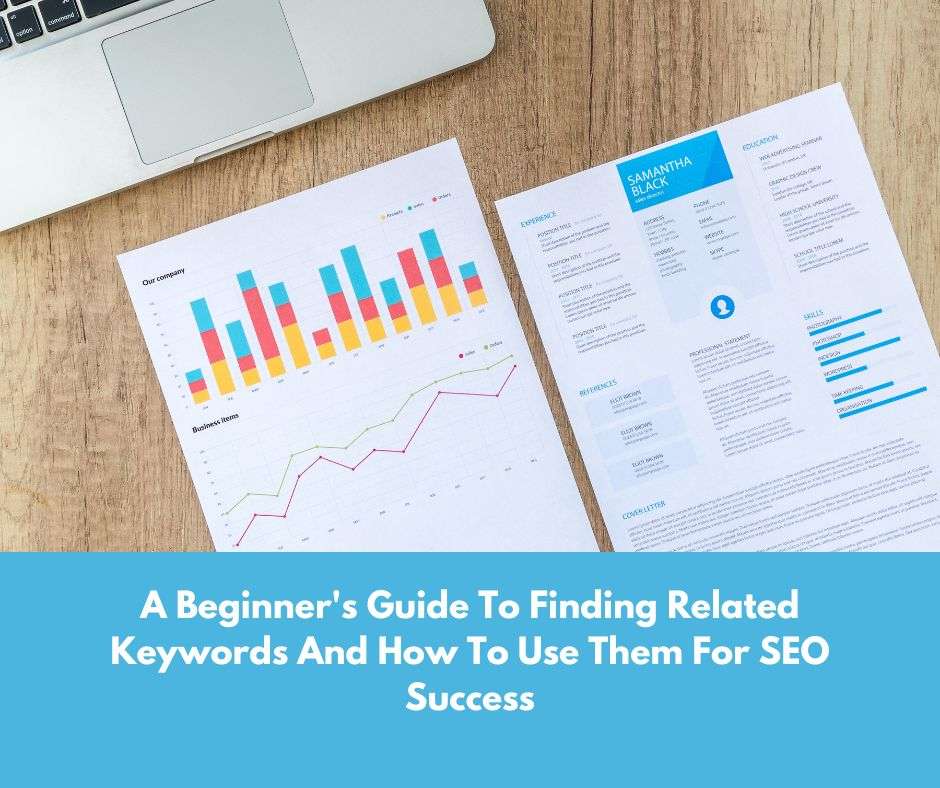Are you looking to scale your SaaS business sustainably? Do you want to achieve growth that doesn’t compromise the quality of your product or harm the environment? Well, look no further! In this blog post, we’ll be sharing our top tips for scaling your SaaS business in a way that is both profitable and environmentally responsible. From building a strong team culture to leveraging technology for efficiency, these strategies will help you take your business to new heights while making a positive impact on the world around us. So let’s dive in and discover how you can achieve sustainable growth in SaaS!
Introduction
As the software-as-a-service (SaaS) industry continues to grow, so does the competition. In order to scale your business successfully and sustain long-term growth, it’s important to have a solid understanding of the market and what it takes to stand out from the rest.
Here are a few tips to keep in mind as you strive for sustainable growth in SaaS:
- Keep your pricing in check
In order to be successful in the long run, it’s important to price your products and services competitively. Consider your target market and what they’re willing to pay, as well as the cost of providing your service. It’s also important to monitor your competitors’ pricing strategies and adjust accordingly. - Offer value-added services
In addition to offering a competitively priced product, it’s also important to offer value-added services that set you apart from the competition. These could include things like 24/7 customer support, regular updates and enhancements, or even money-back guarantees. - Build a strong team of experts
As you scale your business, it’s essential to build a strong team of experts who can help you navigate the challenges of growth. This team should include individuals with experience in areas like marketing, sales, finance, and operations. - Invest in marketing and sales initiatives
Investing in targeted marketing and sales initiatives is crucial for sustaining growth in SaaS. These efforts should be tailored to your target audience and should focus on building strong relationships with potential customers. - Focus on customer satisfaction
Finally, it’s critical to prioritize customer satisfaction in order to retain existing customers and attract new ones. Make sure you prioritize customer feedback and take the time to respond to questions, complaints, and concerns in a timely manner.
What is SaaS?
SaaS, or software as a service, is a type of subscription software that allows users to access and use the software from a remote location. It is typically delivered over the internet and can be accessed from any device with an internet connection.
SaaS is a popular model for software because it offers a number of advantages over traditional, on-premises software. Perhaps the most significant advantage is that it eliminates the need for upfront investment in hardware and infrastructure. With SaaS, users only pay for what they use, making it a more flexible and affordable option.
Another advantage of SaaS is that it is easy to scale. As your business grows and your needs change, you can simply add or remove users as needed without having to make any changes to your infrastructure. This makes SaaS an ideal solution for businesses that are expecting growth or have fluctuating needs.
SaaS delivers a consistent experience across all users. Because the software is hosted remotely and accessed via the internet, there are no compatibility issues to worry about. All users will have the same experience regardless of their device or operating system.
Benefits of Sustainable Growth for Your SaaS Venture
There are many benefits of sustainable growth for your SaaS venture. For one, it can help you scale your business more successfully. Sustainable growth also allows you to build a more resilient business, one that is better able to withstand economic downturns and other challenges. Additionally, sustainable growth can help you attract and retain the best talent, as well as create a positive reputation for your company. Sustainable growth can provide financial stability for your business and shareholders alike.
Identifying and Understanding Your Target Audience
The first step to scaling your SaaS business is understanding who your target audience is and what their needs are. To do this, you need to define your buyer persona. This is a semi-fictional representation of your ideal customer based on market research and real data about your existing customers.
Once you have a clear idea of who your target audience is, you can start to create content that speaks to their specific needs. This could be in the form of blog posts, eBooks, infographics or even video content. The important thing is that it is relevant and valuable to your target audience.
By creating targeted content, you will be able to attract more of your ideal customers to your website and convert them into paying customers. This is the essential first step to sustainable growth in SaaS.
Strategies to Increase Revenue and Scalability
There are three primary strategies you can use to increase revenue and scalability in your SaaS business:
- Increase your customer base. The first and most obvious way to generate more revenue is to increase your customer base. This can be done through effective marketing and lead generation efforts.
- Increase your average customer spend. Once you have more customers, you can focus on increasing the amount each customer spends on your products or services. This can be accomplished by upselling them to higher-priced plans or offering additional paid features.
- Maximize customer lifetime value. Even if you only have a few customers, you can still maximize your revenue by ensuring each one sticks around for as long as possible. You can do this by providing exceptional service and support, developing strong relationships, and continually adding value to their experience with your product or service.
By implementing these three strategies, you’ll be well on your way to achieving sustainable growth in your SaaS business.
Building an Effective Team for Long Term Success
An effective team is the key to sustaining long-term success in any business, but especially in the high-growth world of SaaS. With that in mind, here are a few tips for building an effective team that can help your business scale successfully:
- Hire slowly and fire quickly. It’s better to have a smaller team of high-performing individuals than a large team of average performers. Take the time to find the right people for the job, but don’t hesitate to let go of those who aren’t meeting your standards.
- Encourage collaboration and communication. A successful team is one that works well together. Foster an environment of open communication and collaboration, where everyone feels comfortable sharing ideas and working together towards a common goal.
- Delegate responsibility judiciously. As your business grows, you’ll need to delegate more responsibility to your team members. But be sure to delegate wisely, only giving tasks to those who are capable of handling them effectively.
- Set clear goals and expectations. Your team will be more effective if they know what they’re working towards. Set clear goals and expectations for each member of the team, and make sure everyone is on the same page before moving forward with any project.
- Provide adequate training and support. No one can be expected to perform at their best if they don’t have the proper training or support.
Automation Tools for Streamlining Processes
There are a number of different automation tools available to help streamline processes and make sustaining growth in your SaaS business easier. Here are some of the top options:
- HubSpot Sales CRM: This CRM software provides sales teams with everything they need to manage their pipeline and close more deals. It includes features like contact management, deal tracking, email integration, and more.
- Intercom: This customer communication platform helps businesses automate their customer support and engagement. It offers features like live chat, automatic triggered messages, messenger bots, and more.
- Zapier: This tool allows businesses to automate their workflows by connecting different apps and services together. For example, you could connect your CRM with your accounting software to automatically create invoices for new deals that are closed.
- Autopilot: This marketing automation tool helps businesses automate their marketing tasks, including email marketing, social media campaigns, lead nurturing, and more.
- Drift: This sales acceleration platform helps businesses connect with leads and prospects in real-time through chatbots and live chat. It also offers features like Qualified Lead Scoring and Meeting Scheduling to help sales teams close more deals faster.
Analyzing Data to Make Informed Decisions
As your SaaS business grows, you will need to increasingly rely on data to make informed decisions about where to allocate your resources. Without a clear understanding of your historical performance and trends, it will be difficult to set realistic goals and objectives for the future.
There are a number of different ways to analyze your data, but it is important to focus on the metrics that are most relevant to your business. For example, if you are trying to increase customer retention, you will want to look at churn rates and customer lifetime value. If you are trying to drive more revenue from existing customers, you will want to look at customer spend and engagement levels.
Once you have identified the key metrics you want to track, you need to put together a system for collecting and analyzing the data. This can be as simple as using a spreadsheet or more complex tools like Tableau or Looker. The important thing is that you have a way to quickly and easily see how your business is performing against your goals.
Regularly analyzing your data will help you identify areas of opportunity and potential problems early on. It will also allow you to track your progress over time and make necessary adjustments to keep your business on track for sustainable growth.
Implementing a Cross Selling and Upselling Strategy
In order to achieve sustainable growth, your SaaS business must have a strong cross selling and upselling strategy in place. Here are some tips for implementing such a strategy:
- Identify opportunities for cross selling and upselling. Look at your customer base and identify areas where you can offer additional products or services that complement what they are already using.
- Train your sales team on how to effectively cross sell and upsell. They need to be able to identify opportunities and then pitch the additional products or services in a way that is compelling and tailored to the individual customer’s needs.
- Create attractive offers. When you do have an opportunity to cross sell or upsell, make sure you have an attractive offer in place that will entice the customer to take advantage of it. This could be a discount, added value, or something else that is appealing.
- Monitor results and adjust as needed. Be sure to monitor the results of your cross selling and upselling efforts so that you can adjust your strategy as needed based on what is working and what is not.
By following these tips, you can successfully implement a strong cross selling and upselling strategy for your SaaS business. This will give you the opportunity to increase customer loyalty, boost revenue, and ultimately grow your business.
Conclusion
Sustainable growth in SaaS is an important factor for long-term success. By creating a solid foundation to build upon, you can maximize the potential of your business and ensure it is able to stand the test of time. With these top tips for scaling your business successfully, you should be well on your way to achieving sustainable growth in SaaS that will serve as the basis for a successful future.




